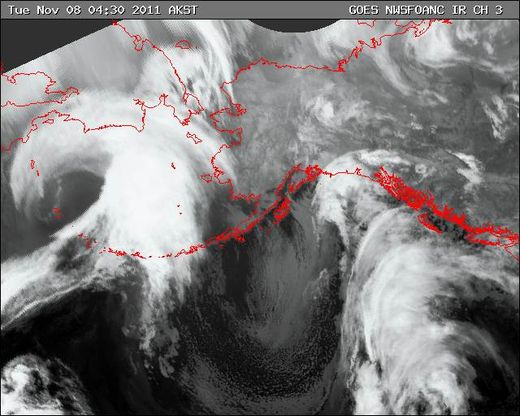OF THE
TIMES
When I first started commenting here, RC told me that Orwell's 1984 was required reading. I had not read it in high school, so got a copy and read...
If there's going to be a worlds first... its always in AmeriKa.
The news seeks out the border line sociopathic, nut balls. The Globalists didnt get the mass deaths from a virus, but they did manage to inject...
They seem to push a great deal of nonsense to see what the uptake will be. Whether it be GMO food, vegetable burgers, insect powder, you know, to...
This is sad. And yet, it says more about the zionists, and what they stand for.
To submit an article for publication, see our Submission Guidelines
Reader comments do not necessarily reflect the views of the volunteers, editors, and directors of SOTT.net or the Quantum Future Group.
Some icons on this site were created by: Afterglow, Aha-Soft, AntialiasFactory, artdesigner.lv, Artura, DailyOverview, Everaldo, GraphicsFuel, IconFactory, Iconka, IconShock, Icons-Land, i-love-icons, KDE-look.org, Klukeart, mugenb16, Map Icons Collection, PetshopBoxStudio, VisualPharm, wbeiruti, WebIconset
Powered by PikaJS 🐁 and In·Site
Original content © 2002-2024 by Sott.net/Signs of the Times. See: FAIR USE NOTICE

One of these days - probably in the not-too-distant future - a storm like this will come along, drop nine stories of snow on some area of the planet, and never melt... Think about the implications. I don't wish ill on anyone, but can you imagine Sarah Palin buried in an ice sheet???